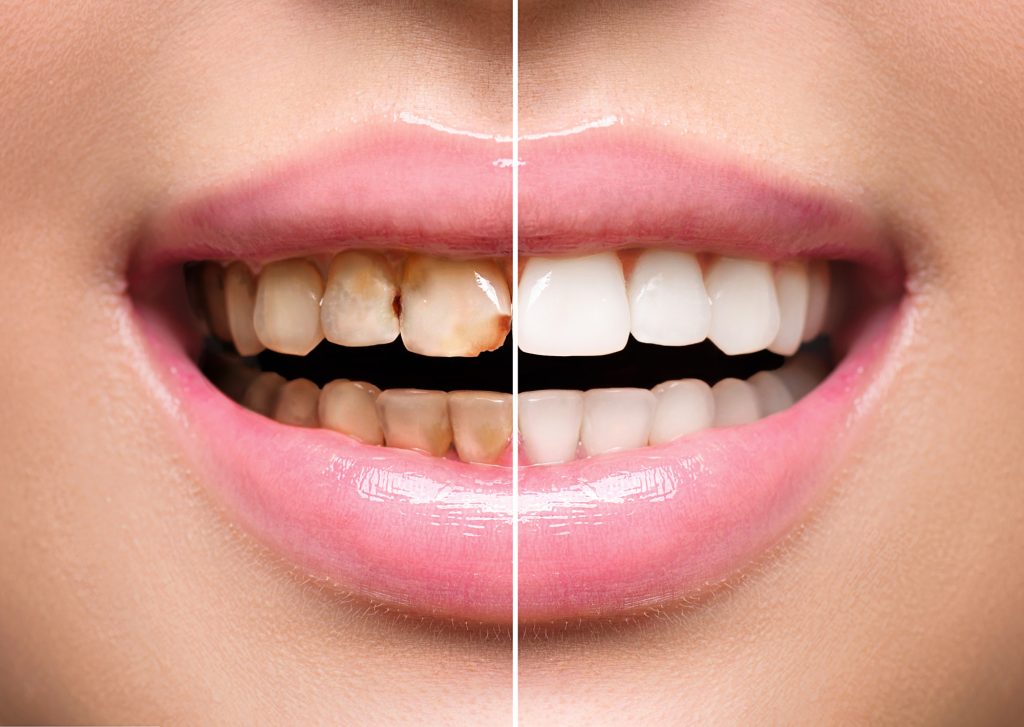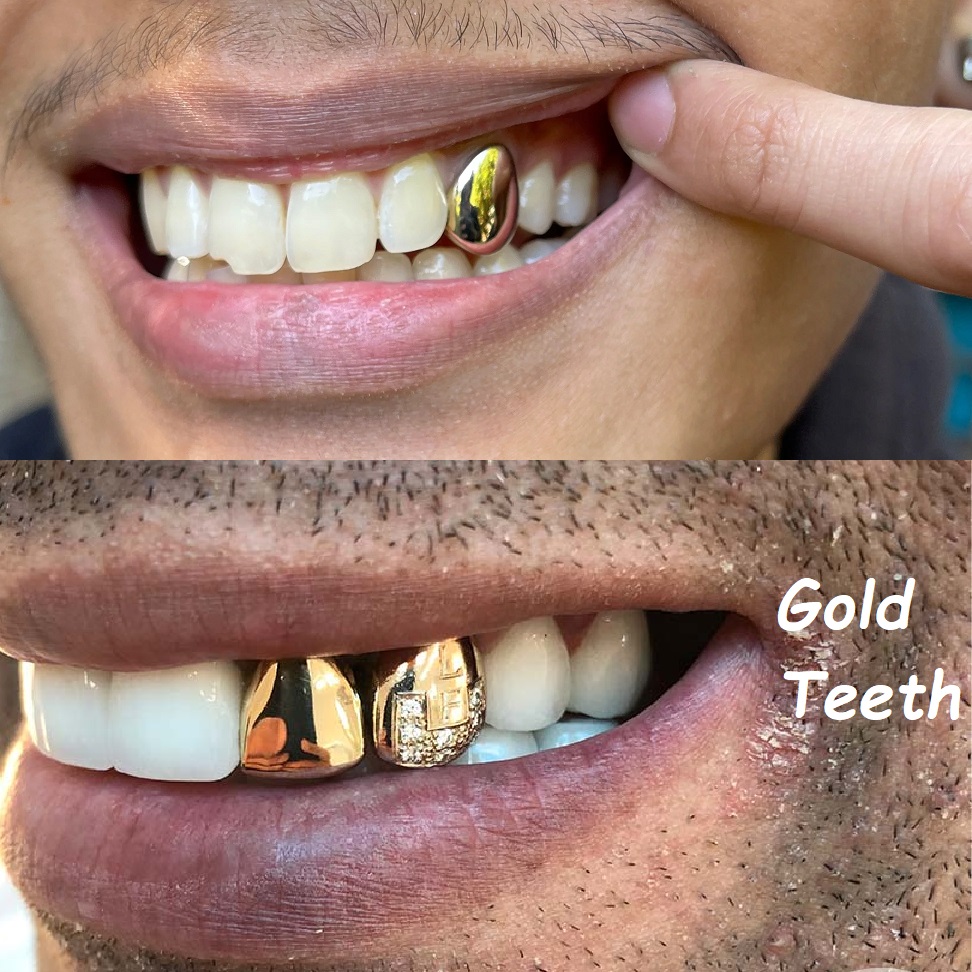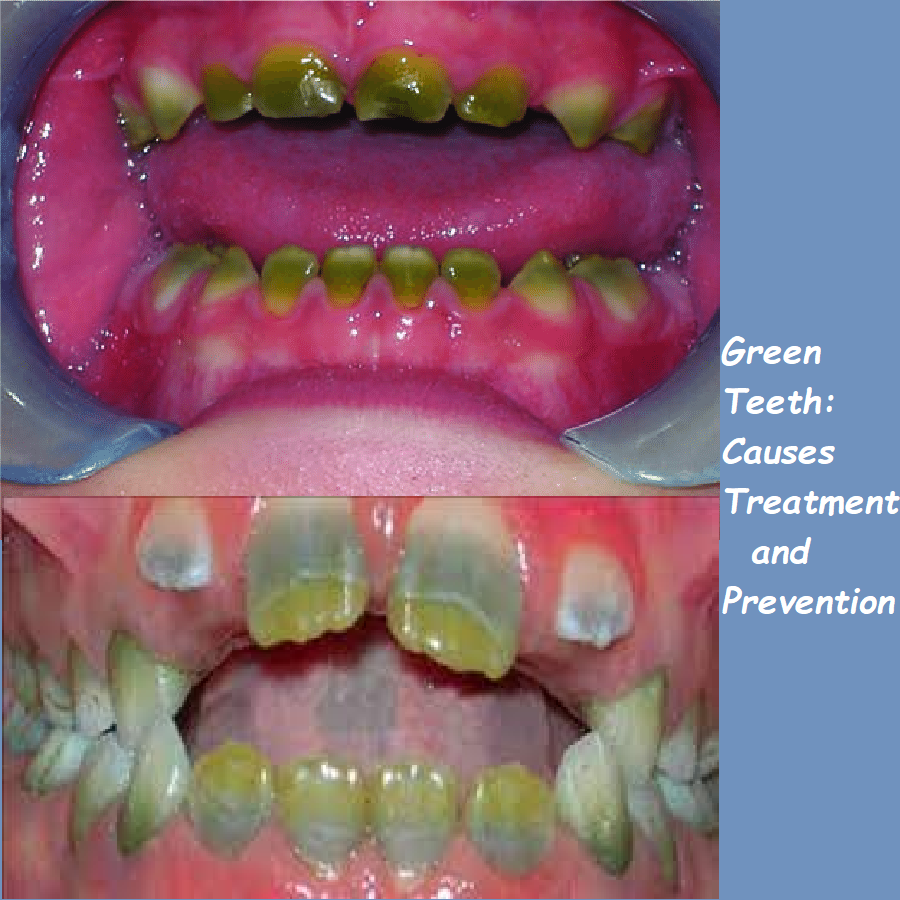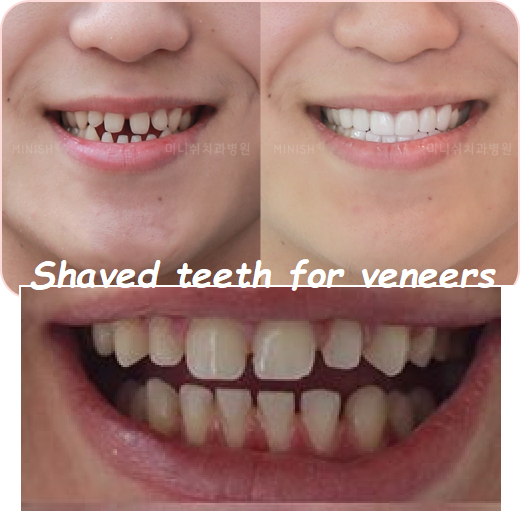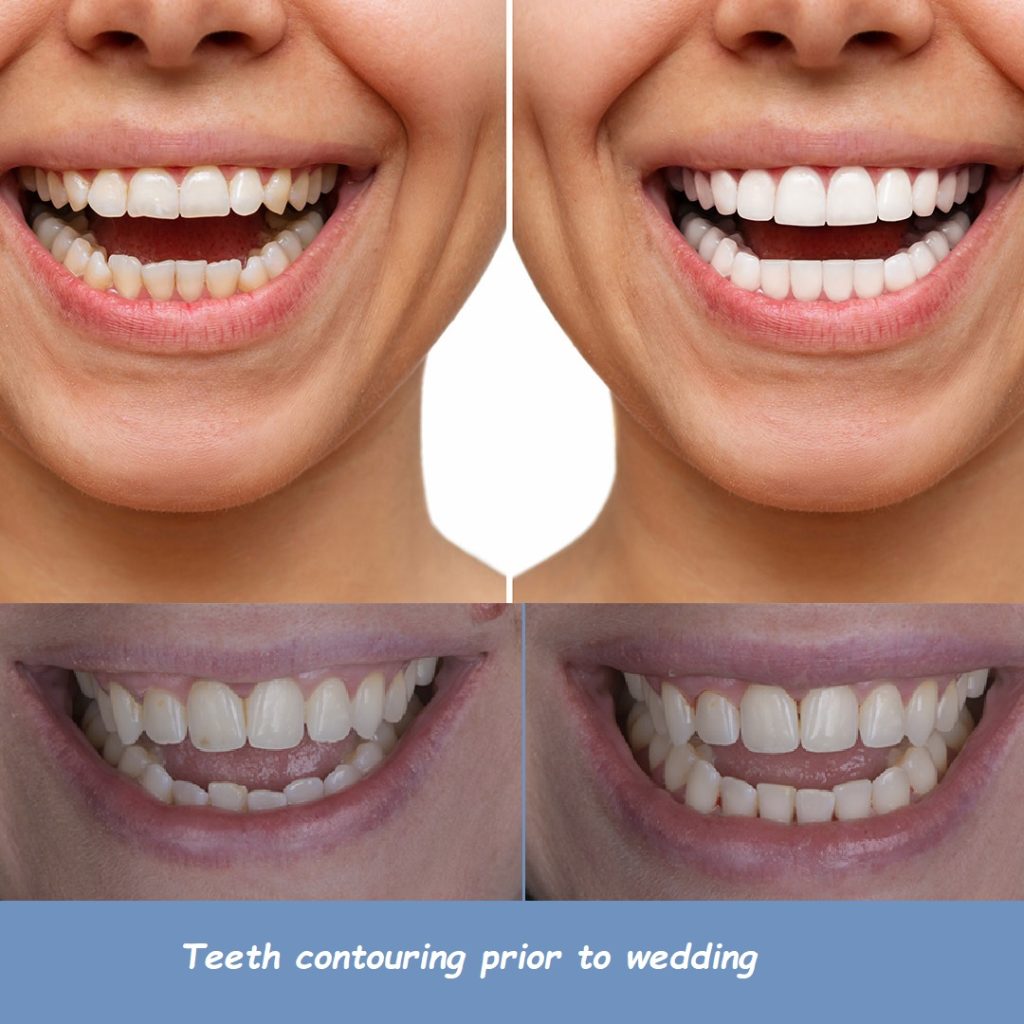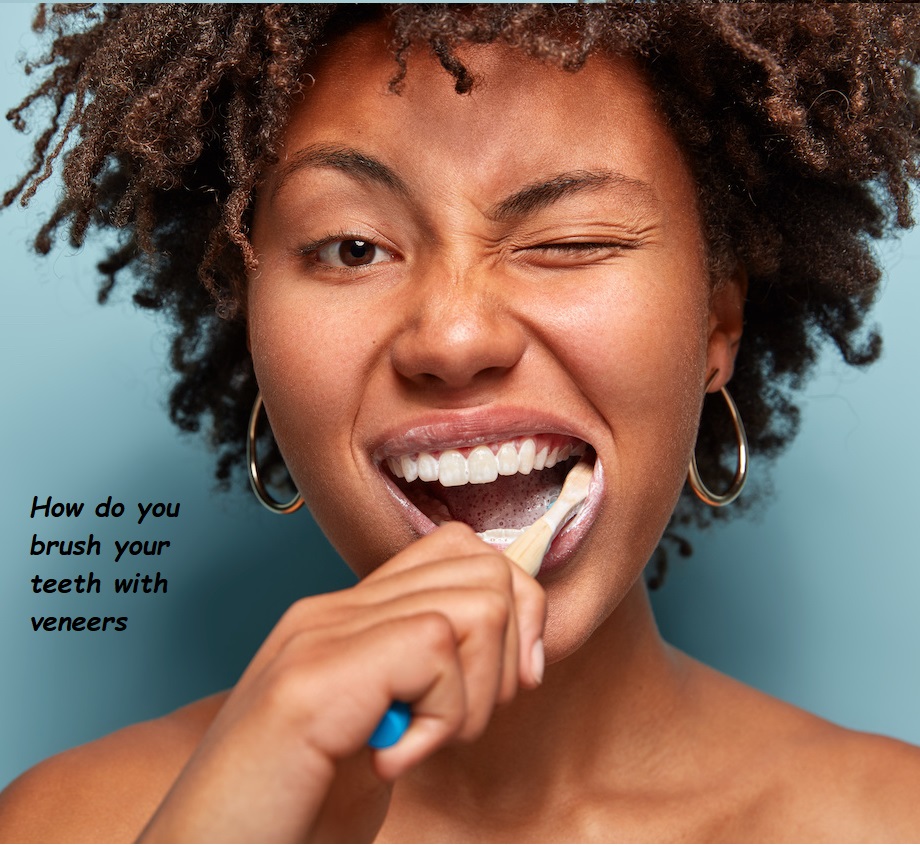Deep bleaching teeth

Have you ever looked in the mirror and wished for a brighter, whiter smile? You’re not alone. Many people are seeking ways to achieve that perfect set of pearly whites. One of the most effective methods out there is deep bleaching teeth. In this guide, we’ll dive into everything you need to know about deep bleaching, from what it is, how it works, its benefits, and even some potential drawbacks. Let’s get started on the journey to your best smile yet!
What is Deep Bleaching?
Deep bleaching is a professional teeth whitening method that goes beyond surface stains to penetrate the enamel and remove deep-seated discoloration. Unlike over-the-counter whitening products, deep bleaching is performed by dental professionals and involves a combination of in-office treatments and at-home care.
How Does It Work?
The process usually starts with a visit to your dentist. Here’s a step-by-step breakdown of what you can expect:
- Consultation and Assessment: Your dentist will evaluate your teeth and discuss your whitening goals. They will determine if you’re a good candidate for deep bleaching.
- Preparation: Your teeth will be cleaned to remove plaque and tartar, ensuring the bleaching agents can work effectively.
- In-Office Treatment: The first phase involves applying a powerful bleaching gel to your teeth. This gel is activated by a special light or laser, enhancing its whitening effects.
- Custom Trays for At-Home Use: You’ll be provided with custom-fitted trays and a less potent bleaching gel for home use. You’ll wear these trays for a specified period, usually overnight, for several weeks.
- Follow-Up Appointments: Your dentist will monitor your progress and make any necessary adjustments to your treatment plan.
Benefits of Deep Bleaching Teeth
Deep bleaching teeth offers several benefits that make it a popular choice among those seeking a brighter smile:
- Effective on Stubborn Stains: Unlike other whitening methods, deep bleaching can remove even the most persistent stains caused by coffee, tea, wine, and tobacco.
- Long-Lasting Results: With proper care, the results of deep bleaching can last for several years, making it a cost-effective option in the long run.
- Safe and Controlled: When performed by a dental professional, deep bleaching is a safe procedure with minimal risks.
- Boosts Confidence: A brighter smile can enhance your self-esteem and make you feel more confident in social and professional situations.
Potential Drawbacks and Considerations
While deep bleaching teeth is highly effective, it’s essential to consider some potential drawbacks:
- Cost: Deep bleaching is more expensive than over-the-counter whitening products. The cost can range from $500 to $1,000 or more, depending on the extent of treatment.
- Sensitivity: Some patients may experience tooth sensitivity during or after the treatment. This is usually temporary and can be managed with desensitizing products recommended by your dentist.
- Time Commitment: The process requires multiple visits to the dentist and consistent use of at-home trays. If you have a busy schedule, this might be a consideration.
- Not Suitable for Everyone: Deep bleaching may not be effective for certain types of discoloration, such as those caused by medications or tooth trauma. Your dentist will determine if you’re a suitable candidate.
Deep Bleaching vs. Other Whitening Methods
There are various teeth whitening options available, each with its pros and cons. Here’s how deep bleaching compares to other methods:
Over-the-Counter Whitening Products
- Effectiveness: OTC products like whitening strips and toothpaste can remove surface stains but are less effective on deep stains compared to deep bleaching.
- Cost: OTC products are more affordable but may require frequent use to maintain results.
- Convenience: These products are easy to use at home but may not provide uniform whitening.
Professional In-Office Whitening
- Effectiveness: In-office whitening is effective for immediate results but may not be as long-lasting as deep bleaching.
- Cost: Similar to deep bleaching, in-office treatments can be costly.
- Convenience: Requires fewer visits than deep bleaching but may need touch-ups for sustained results.
At-Home Whitening Kits
- Effectiveness: Custom-fit kits provided by dentists can be effective but may not achieve the same depth of whitening as deep bleaching.
- Cost: Generally more affordable than in-office treatments.
- Convenience: Can be done at home at your convenience but requires consistent use for optimal results.
The Deep Bleaching Process in Detail
To give you a clearer picture of what to expect, let’s delve deeper into each step of the deep bleaching process:
Initial Consultation
Your journey to a brighter smile begins with a consultation. During this visit, your dentist will:
- Examine your teeth and gums to ensure they are healthy enough for bleaching.
- Discuss your dental history and any previous whitening treatments you’ve tried.
- Take impressions of your teeth to create custom-fitted trays for at-home use.
- Explain the entire process, including what to expect during and after the treatment.
In-Office Treatment
The in-office treatment is where the magic begins. Here’s what typically happens:
- Preparation: Your dentist will protect your gums and soft tissues with a barrier or gel to prevent irritation from the bleaching agent.
- Application: A high-concentration bleaching gel is applied to your teeth. This gel contains hydrogen peroxide or carbamide peroxide, which breaks down stains and discoloration.
- Activation: A special light or laser may be used to activate the gel, speeding up the whitening process.
- Rinse and Evaluate: After the treatment, your dentist will rinse your mouth and evaluate the results. You may notice a significant difference after just one session.
Custom Trays for At-Home Use
The at-home phase is crucial for achieving the best results. Your dentist will provide:
- Custom Trays: These trays are designed to fit your teeth perfectly, ensuring even distribution of the bleaching gel.
- Bleaching Gel: A lower-concentration gel is provided for at-home use. You’ll apply this gel to the trays and wear them as directed by your dentist, usually overnight.
- Instructions: Your dentist will give you detailed instructions on how to use the trays and gel, including how long to wear them each night and how to care for your trays.
Follow-Up Appointments
Regular follow-up appointments are essential to monitor your progress and make any necessary adjustments. During these visits, your dentist will:
- Check the color of your teeth and compare it to your initial shade.
- Address any concerns or sensitivity issues you may have.
- Provide additional gel or make adjustments to your treatment plan if needed.
Maintaining Your Results
Once you’ve achieved your desired level of whiteness, it’s essential to maintain your results. Here are some tips to help you keep your smile bright:
- Good Oral Hygiene: Brush and floss regularly to prevent plaque buildup and staining.
- Avoid Staining Foods and Drinks: Limit your consumption of coffee, tea, red wine, and dark-colored foods that can stain your teeth.
- Use a Straw: When drinking beverages that can stain your teeth, use a straw to minimize contact with your teeth.
- Regular Dental Check-Ups: Visit your dentist regularly for cleanings and check-ups to keep your teeth healthy and bright.
- Touch-Up Treatments: Your dentist may recommend occasional touch-up treatments to maintain your results.
Frequently Asked Questions About Deep Bleaching Teeth
1. Is deep bleaching safe?
Yes, when performed by a dental professional, deep bleaching is a safe procedure. Your dentist will take precautions to protect your gums and soft tissues and will monitor your progress to ensure the treatment is working effectively.
2. How long do the results last?
With proper care, the results of deep bleaching can last for several years. However, individual results may vary based on factors like diet, oral hygiene, and lifestyle habits.
3. Will deep bleaching make my teeth sensitive?
Some patients may experience temporary tooth sensitivity during or after the treatment. Your dentist can recommend desensitizing products to help manage this sensitivity.
4. How much does deep bleaching cost?
The cost of deep bleaching can range from $500 to $1,000 or more, depending on the extent of treatment and your location. It’s more expensive than over-the-counter products but offers more effective and long-lasting results.
5. Can I bleach my teeth if I have dental restorations?
Deep bleaching may not be effective on dental restorations like crowns, veneers, or fillings. Your dentist will evaluate your situation and recommend the best course of action for achieving a uniform smile.
Conclusion
Deep bleaching teeth is an effective and long-lasting solution for those seeking a brighter, whiter smile. While it involves a higher cost and time commitment compared to over-the-counter products, the results are well worth it. By understanding the process, benefits, and potential drawbacks, you can make an informed decision and achieve the radiant smile you’ve always wanted.
If you’re ready to transform your smile, schedule a consultation with your dentist today and explore the possibilities of deep bleaching. Remember, a brighter smile can boost your confidence and leave a lasting impression. So why wait? Start your journey to a dazzling smile now!
Final Thoughts
Achieving a beautiful smile doesn’t have to be a daunting task. With the right approach and guidance from your dental professional, deep bleaching teeth can be a safe, effective, and rewarding experience. Whether you’re looking to remove years of stains or simply enhance your natural beauty, deep bleaching offers a reliable solution.
Are you ready to take the plunge and invest in your smile? If you have any more questions or need further information, don’t hesitate to reach out to your dentist. They can provide personalized advice and ensure you get the best results possible.

